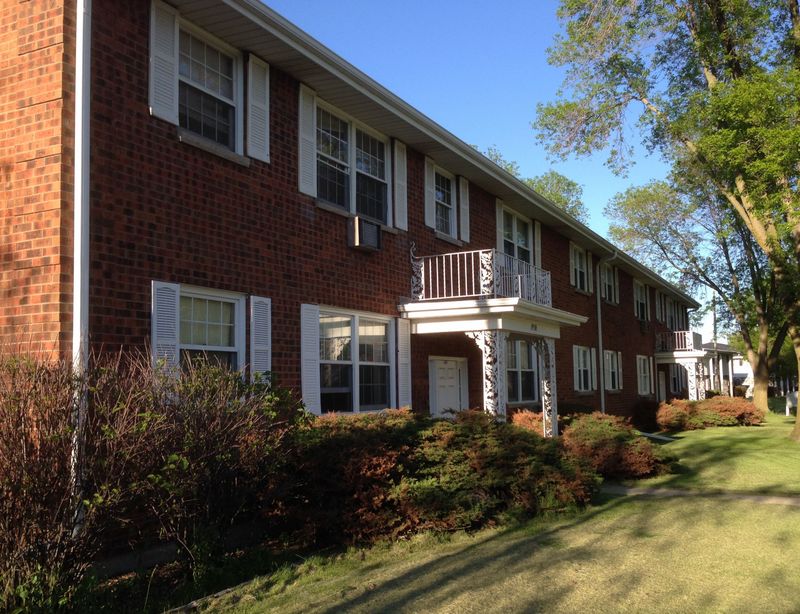Reader Question: Monty, we inherited two 16-unit apartment buildings from my father. They have been in the family for over 30 years. I never took an interest in real estate until now, but as a kid I did mow the lawns. They are free and clear and we intend to keep them. Dad was a good caretaker with structural components and mechanicals, but the buildings look “tired” appearance-wise. What are the most beneficial improvements or upgrades to invest capital? Jim G. Los Angeles, CA
Monty’s Answer: The Internal Revenue Service allows certain property owners to depreciate their property because the IRS recognizes buildings and their component parts wear out and become obsolete. It sounds like some of the component parts or mechanicals have been replaced and others are original.
Here are tips to “sparkle up” the buildings:
- The preparer of the tax returns for the construction most likely has depreciation schedules that could be a factor in deciding which projects to tackle first. If your dad utilized component depreciation the remaining life could help determine the order. If he did not use it, talk to your accountant about how to handle new improvements in the future.
- Create a “lottery list.” What you would do to make the buildings look like new if money were no object. Whittle it down to what makes sense and fits some development philosophies described next, in Step 3.
- Develop a plan with some driving philosophies. Some examples: What improvement will improve the quality of life for the occupants? What improvements can we make over what period to keep our rate of return from disappearing? What improvements will make the building more eye appealing and attractive? Which improvements give us the biggest bang for the buck? Which improvements allow us to justify an increase in rent most easily? These are just examples as there are other factors to utilize instead.
- If you have decided you are going to make improvements consider seeking tenant opinions on what they would like to see done. Let them know upfront you will not be able to implement every suggestion, but you do not want to miss considering all ideas. In some communities, this will encourage a sense of community and cooperation. Let them know these changes will not affect their rent for some time, if at all. This one is delicate and may depend somewhat on the buildings’ history of rental increases.
- Look around the neighborhood. How do your buildings compare with other buildings in the neighborhood? If your buildings are already the neighborhood “shining stars” it may help you decide the philosophy of occupant quality of life is a more suitable goal than making the building more eye appealing and attractive.
- Many times some of the most-welcome improvements cost the least amount of money. Shutters are a great example. Has the lawn been reduced to hardpan with constant traffic? Are the trees and shrubbery overgrowing? Are sidewalks heaved and cracking? If the trim requires paint, would a fresh coat of paint with a new color sharpen the architectural lines? If there is a basement how is it being used? Might storage units be constructed in the basement and rented to occupants? Is the parking lot full of potholes and broken curb stops? Are the parking lots well lighted and the poles fresh and straight-upright?Pay special attention to common areas that occupants or guests frequent. If there are interior hallways, concession areas such as laundry or soda machines how can they be more professionally presented?
- Some of the projects being considered can be completed by generalist contractors while others require specialists. If resurfacing the blacktop parking lot is being considered that contractor will not also paint the trim. With three competing bids for each group of tasks, the lottery list is now complete with pricing estimates. Ask each contractor with multiple tasks to break down the bid into separate tasks so they can be considered individually.
- Review your philosophies, your lottery list and your budget and look to see what you can eliminate. This exercise is easier to achieve when included as part of the plan right from the beginning. The final product is a “master plan” that could take months or years to complete.
Planning pays off
It is amazing sometimes what these types of changes can accomplish. For many landlords, happier tenants, lower turnover rates, higher rents for new incoming tenants and increased demand occurs, just to name a few.


Leave a Reply
You must be logged in to post a comment.